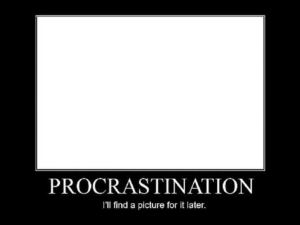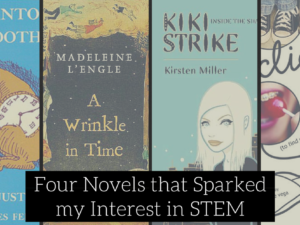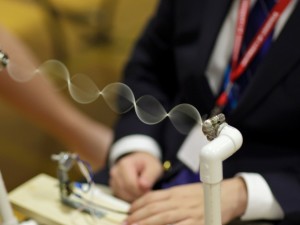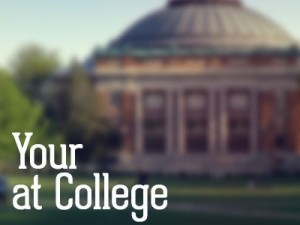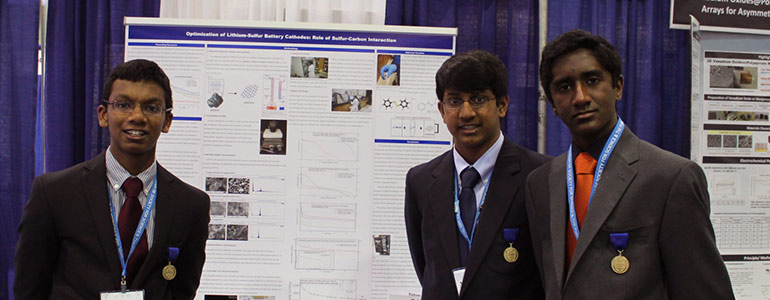
This is the first in a series of posts focused on science fair. In this series, I will talk about my personal experiences with science fair, as well as offer some insight and tips in picking a project and possible winning at a science fair! Today, I’ll give a brief history of my science fair experience to date…
Science fair: a phrase that strikes fear in some people’s hearts or inspires other to excel in the field of science. Science fair is considered a co-curricular activity, an activity that takes place out of school hours but uses the information learned during school hours, specifically information from STEM classes. Doing a science fair project can seem like a daunting task, but having the confidence to reach out and contact people to help you on your task will make your experience a lot easier.
Ever since the third grade, I’ve been required to complete a science fair project. During my elementary and middle school years, my parents have been my mentors, helping me with tasks ranging from growing plants to testing radiation from microwaves. So when I came into high school, I thought that science fairs were no big deal. I was wrong; science fairs in high school matter more, especially for students who enroll in classes with a focus on STEM. I quickly assessed all the interests I had in the various fields of science, and decided I wanted to do a project related to batteries and improving their energy capacity, or battery life. In order to conduct a research project at a higher level, I contacted various professors in the battery field at a nearby university. During this process, I encountered two other students with similar ideas for projects and we decided to work as a team for a mutual benefit.
“Science fair became a co-curricular activity, and I was experiencing it during and outside of school. I had the ability to practice and act out the science lessons I was learning in class…”
Now armed with a project idea and the facilities to conduct it at, I entered high school. At the time, I thought of my science fair project as an extracurricular activity because I only worked on it after school and it seemingly didn’t have any connections to what I was learning at school. However, that changed when we started learning about atomic structure in a science class. I was able to connect what I was learning in class to the reason the batteries worked. Science fair became a co-curricular activity, and I was experiencing it during and outside of school. I had the ability to practice and act out the science lessons I was learning in class, an experience that more students should experience. Throughout the school year, we worked on our science fair project after school, with almost daily trips to the lab facilities. The New Year rolled around, and we became pressured to return significant results.
My team and I submitted our project to a school science fair which could get us qualified for the state science fair. Among the busy competition season that was just starting, we prepared a board and a presentation. At this school fair, we received third in the category of science we were competing in. Fortunately, we were able to advance to the state competition as an at-large competitor. In the time between the school science fair and the state science fair, we worked furiously to improve our battery. Our new batteries resulted in first place in our category at the state science fair. In addition, we received third place in the overall physics category. This qualified us for the Intel sponsored International Science and Engineering Fair (ISEF).
ISEF is a huge honor for young scientists, as it’s a collection of all the top young scientists to come together, present, and compete with their projects. As well, it was an opportunity to befriend hundreds of students and make connections for the rest of my academic life. At this competition, my team won third place in the category we competed in.
Long story short, you may never know where a small co-curricular activity can take you.
What has been your experience leading up to science fairs? Share below or on Twitter!



